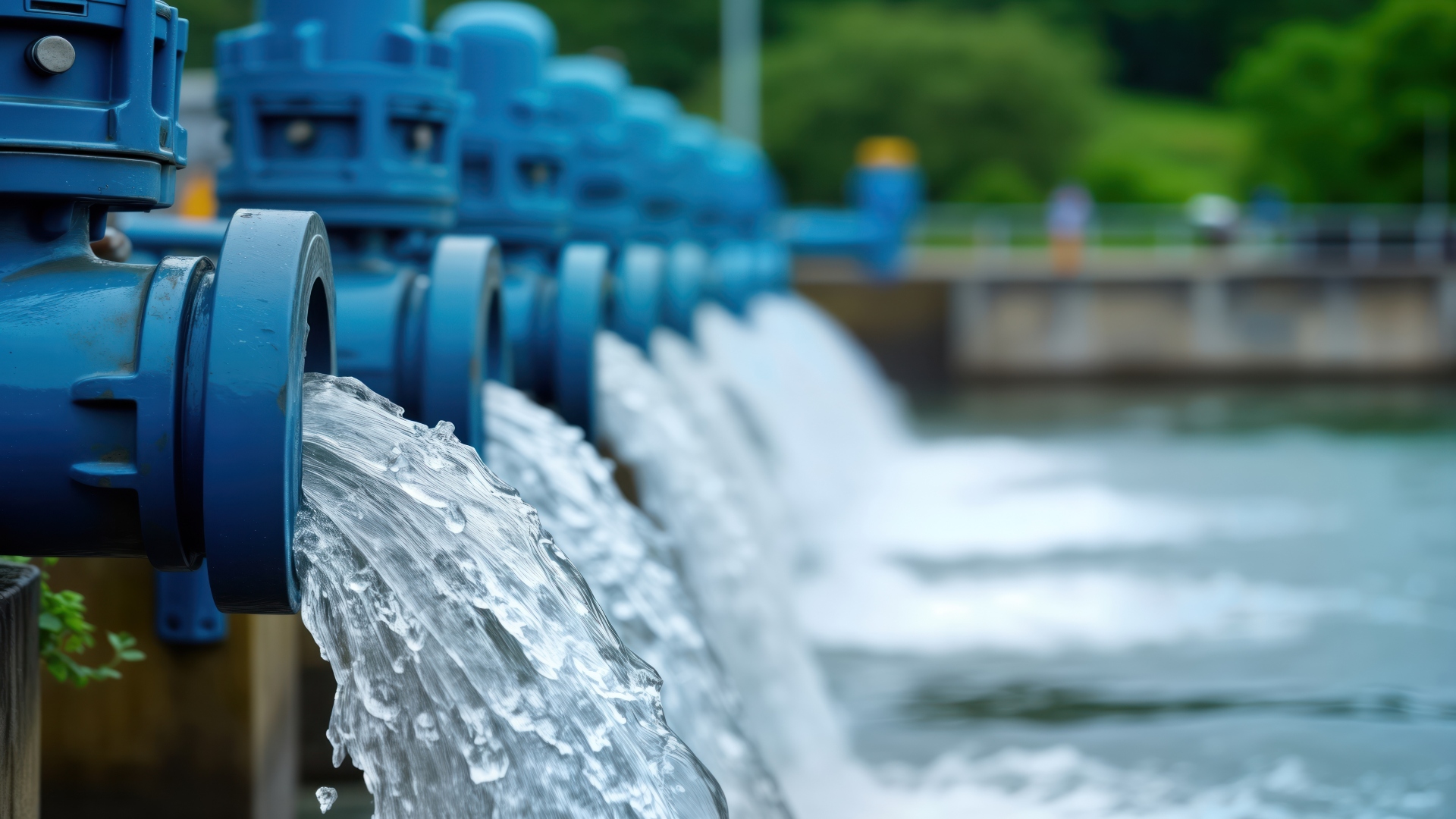Legionella in commercial buildings can pose serious health risks if left unmanaged. From offices to leisure centres and schools, measures must be taken to prevent the spread of bacteria to protect staff, visitors and uphold your company reputation. Here’s an introduction to what Legionella is, how it spreads and how to protect against it.
What is Legionella?
Legionella is a type of bacteria that’s spread through the inhalation of contaminated water droplets. It’s spread through warm, stagnant water and is usually found in complex, old water systems where water is left to stand for a long time.
The presence of the bacteria can lead to a lung infection called Legionnaires’ disease, which can be extremely harmful. It’s important to protect against Legionella through regular risk assessments, cleans and flushes of water systems and correct temperature maintenance.
How Does Legionella Spread?
Contrary to popular belief, Legionella bacteria aren’t spread through person-to-person contact. It’s spread through inhaling droplets of water from a contaminated source, for example, through air conditioning units or hot tubs. Other areas include:
- Showerheads and taps
- Dead legs or rarely used pipework
- Saunas and steam rooms
- Cooling towers
- Industrial cleaning equipment that uses water sprays
- Decorative fountains
The most significant risk factors in the spread of Legionella include old, complex plumbing systems where water sits for long periods. If the water experiences little to no movement, this can increase the risk of Legionella bacteria further, as it thrives in stagnant, warm conditions.
Lukewarm temperatures between 20-50°C are the perfect breeding ground for Legionella bacteria, so it’s important to carry out regular temperature checks.
Legionella in Commercial Buildings: Who’s Most at Risk?
Anyone can be at risk of developing Legionnaires’ disease, but some groups are more at risk of developing the infection. Risks can increase with age and in those with underlying health conditions. This includes:
- Elderly people
- People with weakened immune systems
- Smokers and heavy drinkers
- Those with chronic respiratory conditions
What Illnesses Does Legionella Cause?
In some cases, Legionella bacteria can lead to Legionnaires’ disease. While it’s rare, the symptoms can be severe, especially if it comes into contact with someone in a high-risk group. This severe lung infection manifests itself through headaches, muscle aches, a high fever and nausea amongst other symptoms. It can also lead to infections in other parts of the body, including the heart.
Failure to manage risks can seriously put anyone entering your commercial premises at risk, which not only damages your company’s reputation but can lead to legal and financial consequences, like lawsuits and penalties.
How to Protect Against the Spread of Legionella
The best way to protect against Legionella in commercial buildings is to prevent it from spreading in the first place. Risk assessments with a qualified professional, like H2O Hygiene, will help to protect against the spread and should be done every two years. Other preventative measures you can take include:
- Regular cleans and flushes of water systems, especially unused outlets
- Descaling shower heads, taps and other water fixtures
- Maintaining hot water temperatures of 60°C and higher
- Removing dead legs or redundant pipework to prevent stagnant water
- Maintaining cold water temperatures below 20°C
- Regular Legionella risk assessments
What are the Legal and Regulatory Requirements in the UK?
Risks of Legionella in commercial buildings must be managed appropriately and comply with UK legal requirements. Premises in the UK must align with the Health and Safety at Work Act 1974, as this sets the broad legal framework for health and safety.
All Legionella testing from a qualified professional should adhere to the HSE Approved Code of Practice (ACoP L8) and Control of Substances Hazardous to Health (COSHH). All premises must adhere to these legal obligations to protect everyone who enters your site and uses the facilities.








